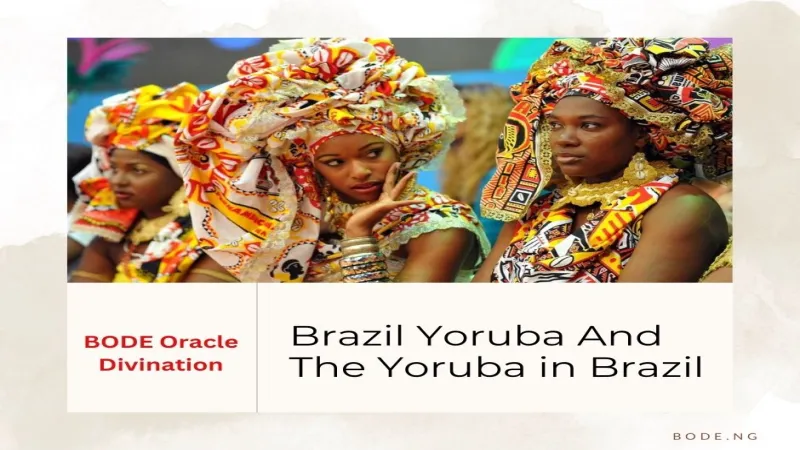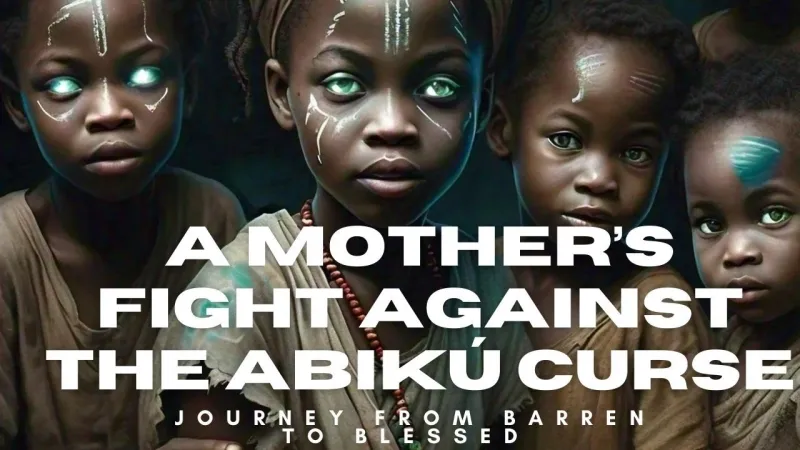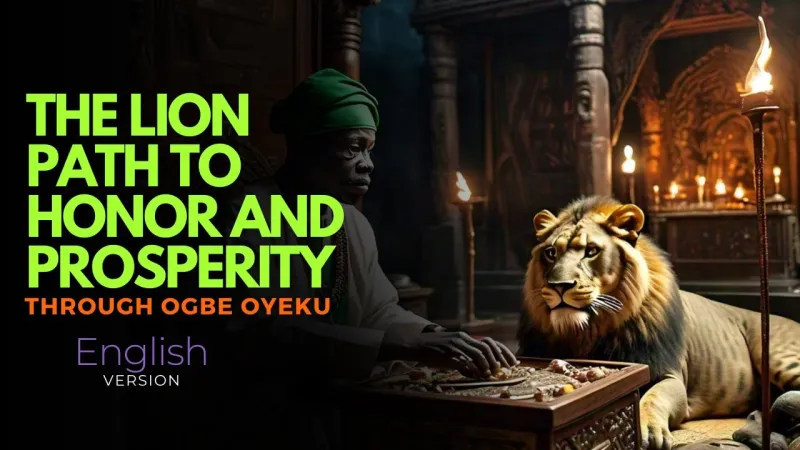The Brazil Yorubas and Nigerian Yorubas share a deep cultural and linguistic connection due to their common heritage. The Yoruba people originate from Nigeria, where they have developed a rich history, language, and cultural traditions.
No other African ethnic group has spread as widely across the Americas as the Yoruba. During the transatlantic slave trade, many Yorubas from West Africa were forcibly taken to Brazil, making them one of the largest ethnic groups transported to the region.
Today, Yoruba cultural and religious influences in Brazil are so vast and profound that they remain an inexhaustible part of Brazilian life. This influence is evident in the blending of Yoruba religious practices with Brazilian traditions, particularly in Candomblé and Umbanda.
In these religions, Yoruba praise chants (Oriki) are still performed for deities. The Yoruba language has also left its mark, with terms like Olodumare, Oduduwa, Sango, Osun, and Yemojá remaining in use.
Cultural expressions such as Yoruba-inspired Carnival groups like Olodun, Ilê Aiyê, Okambi, and Didá demonstrate how Yoruba traditions have shaped Brazilian celebrations.
Even Brazilian cuisine reflects Yoruba influence, with dishes like Acarajé (derived from Akara) and Abara (derived from Moin-Moin) maintaining their roots in Yoruba food culture.
As the second largest Black population after Nigeria, Brazil is positioned to play a significant role in global cultural affairs in the 21st century, with its strong Yoruba heritage being a key contributor.
People Also Read
Yoruba Tribal Markings And Cultural Significance
Yoruba Culture And Tradition in Brazil
The fragmentation of the ancient Oyo Empire in Nigeria, caused by intertribal wars, led to the enslavement of many Yorubas. Men, women, children, chiefs, and even kings were captured and sold into slavery, ending up in various parts of the Americas.
Between the 16th and 19th centuries, approximately 4.9 million enslaved Africans were transported to Brazil. Rio de Janeiro alone became a major entry point, receiving over 2 million enslaved people. Other regions, such as Bahia, also served as entry points for enslaved individuals arriving in Brazil.
In 1807, the Nago Revolt broke out in Bahia and lasted until 1835. This uprising was led by Yoruba slaves protesting their oppression and striving to return to their homeland. Tragically, many of them lost their lives during the revolt.
The uprising was also called the Male Revolt because some of its leaders were connected to Islam. The term "Male" comes from "Imale," a Yoruba word for Muslims, while "Nago" was a name used for Yoruba slaves in Brazil.
The slave trade in Brazil was abolished on September 4, 1850, under the Eusébio de Queirós law, and slavery officially ended in 1888. Before the end of the slave trade, some enslaved individuals managed to buy their freedom and returned to their homelands.
The return of freed Brazilians to Lagos began in 1854 and continued for several years. Those who remained in Brazil preserved Yoruba culture and traditions, passing them down through generations.
Today, Yoruba worship rituals like Sango, Osumare, Ogún, Osun, Osoosi, Oya, Osanyin, Orisanla (Obatala), and Obaluaye (Sopona) are still practiced, reflecting the resilience and enduring influence of Yoruba heritage in Brazil.
READ MORE
Who Is The Most Powerful Yoruba King?
Yoruba Girl Names And Their Meaning
Yoruba Names For Boys And Their Meaning
How Related Are The Brazil Yorubas And Nigeria Yorubas?
The Yoruba people (Yoruba: Ìran Yorùbá) are an African ethnic group primarily located in western Africa. With a population of about 105 million, they are one of the largest ethnic groups on the continent.
The majority of Yoruba people reside in Nigeria, where they make up 21% of the population. Most Yorubas speak the Yoruba language, which belongs to the Niger-Congo language family and has the highest number of native speakers within this group.
The Yoruba share borders with closely related ethnic groups and neighbors. To the southeast are the Itsekiri people in the northwestern Niger Delta, while the Bariba and Nupe are to the north, and the Ebira are to the northeast in central Nigeria.
The Edo, Ẹsan, and Afemai groups lie to the east in midwestern Nigeria, alongside the Igala people near the Niger River in the northeast. To the southwest, the Yoruba border the Gbe-speaking Mahi, Gun, Fon, and Ewe groups in Benin and Togo.
The Itsekiri, to the southeast, are ancestrally related to the Yoruba but maintain a distinct cultural identity. Additionally, significant Yoruba populations can be found in other West African countries, including Ghana, Benin, Ivory Coast, and Sierra Leone.
The Yoruba diaspora is divided into two main groups. One consists of recent migrants, primarily to the United Kingdom and the United States, who relocated due to economic and political changes between the 1960s and 1980s.
The second group dates back to the Atlantic slave trade era, with Yoruba communities now established in countries such as Cuba, Puerto Rico, the Dominican Republic, Venezuela, Saint Lucia, Jamaica, Brazil, Grenada, Trinidad and Tobago, and others across the Americas.



